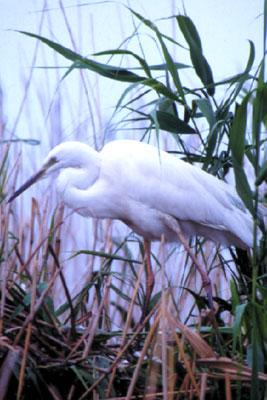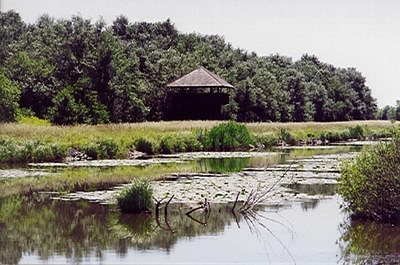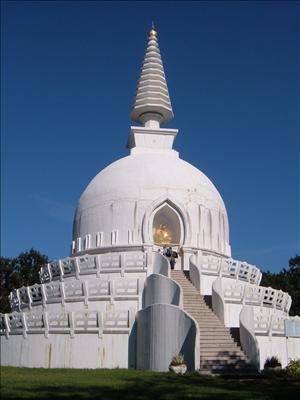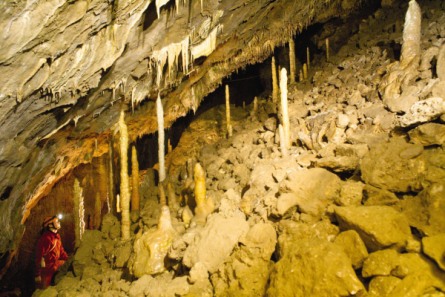The school will take place in Hotel Helikon in Keszthely (view map). This is a 3-star hotel with many services, on the shore of Lake Balaton. The area is full of hills and vineyards.
Please fill in and send this Hotel Reservation From to the hotel by email or fax.
Weather forecast
Hungarian Meteorology Service (icons, numbers and Hungarian text ;) )
Power plugs in Hungary
We use "standard" european power plugs. In practice these are the "same" as in Spain, France and Germany but are different from the US, UK and Italian ones. For images and a detailed description of plugs, please check Wikipedia.
Tourist attractions, social programs
Program on Saturday (7th): visit the ruins of castle Sümeg, then the cave lake of Tapolca, and finally a vineyard. On the 12th we will have dinner in a Hungarian restaurant. Up to now there is nothing planned for Wednesday afternoon and Sunday. We will help you to find something interesting (more vineyards, boat trip, etc.). One of the main tourist info sites of Hungary is here. There is also a tourist agency in the hotel for your help.
One of the most spectacular places around the Western basin of Lake Balaton is the peninsula of Badacsony. The view is dominated by the silhouette of the Badacsony Hill itself. The main attraction here is the natural environment: the lake, the landscape, the basalt cliffs, the vineyards, and the coresponding wine culture.
Badacsony is part of the Balaton Uplands National Park (Balaton Felvidék Nemzeti Park) and it is the biggest of the volcanic remnant hills of the regon. The forests around are perfect for hiking and probably the most impressive geological formations the huge basalt cliffs called basalt organ pipes definitely worth a visit.
It also worths walking up to the top of the hill to a look-out called ,, Páholy-kilátó" meaning a theatre box in Hungarian. From here one can enjoy a magnificent view of the lake and the surrounding landscape. On the way up we pass by the Kisfaludy House, that was once the house of the Hungarian poet, Kisfaludy, and now hosts a famuos (and unfortunately very expensive) restaurant. Just about a hundred meters from here is the baroque house of Róza
Szegedy, Kisfaludy's wife, that today hosts a museum of cellars wine-cultivation and rural life of the 19th century. Along the road there is a huge stone called Rose Stone. According to the legends, if a young couple sits on it they will get engaged in the same year.
On the way down we pass by lots of small mostly family-run cellars that sell their own tasty wines, including the traditional kéknyelű (which blooms during the summer school, and is therefore celebrated on 6-8 June), and pinot gris.
Down the hill lies the village of Badacsonytomaj right at the lakeshore. In the village the most interesting building is the Roman Catholic Church completely built of basalt and has a twin tower.
Badacsony has a nice beach, and it is also possible to make small boat trips on the lake.
Hévíz is a small town only a couple of minutes from Keszthely, with a friendly atmosphere. It has a unique natural treasure: the largest thermal lake in the world. Bathing and wellness culture has a long tradition here, the curing effects of the lake were already legendary in ancient times.
The name Hévíz itself means thermal water in Hungarian. The temperature of the water at the cave where it springs is 39 degrees Celsius, the temperature of the lake is around 35 degrees during summer, but even in winter it never goes below 25 degrees. Its special chemical composition helps the recovering from several illnesses, and eases rheumatic pain.
On the lake wonderful Indian water lilies are in flower all year round, uniquely in Central Europe, and they became a symbol of Hévíz.
Besides the thermal water, the town offers a range of opportunities for entertainment, it has a lively social life. It is also nice to stroll around in the zig-zag streets of Hévíz or take a walk in the sanatorium's beautiful park.
Little Balaton (Kis-Balaton)
It was once the open water bay of Lake Balaton that over time has been filled with alluvial deposits and became a wetland area taken over by sedge and reed. Today it is a strictly guarded environmental protection area with a particularly rich bird life.

The bird life of the Little Balaton may be observed well from Kányavár Island which lies 2 kilometres north of Balatonmagyaród. This is the land of the great white egret, cormorant, spoonbill, squacco heron, great crested grebe, grey and red herons, common coot, great reed warbler and moustached warbler among others. To date, of a total of 370 bird species in Hungary, 250 have been spotted here of which close to 150 nest in this extraordinary habitat. Following the water regulation in 1922, only approximately 0.5 square kilometres remained for Little Balaton. Its re-establishment and re-flooding has been under way since 1980. During the mid-1980's a 28 cubic metre lake was created which has a water surface of 1,870 hectares and acts as a filter. The River Zala takes a 22-kilometre journey through the artificial lake before returning to its original watercourse. In preserving the area's natural beauty it is an important factor that the Little Balaton has been a strictly guarded landscape protection area since the 1920's and, along with the Keszthely Hills, belongs to the Upper Balaton National Park (Balaton-felvidéki Nemzeti Park).

There is a Buddhist stupa in Zalaszántó, where inside relics from Buddha can be seen. This Buddhist stupa was built in the Park of Human Rights in 1992-93. The building is an immaculate white tower, 30 metres high and 24 metres in diameter, there is a 24-metre long tree of life inside. The Buddha statue was sent from South Korea. His Holiness the Dalai Lama, the exiled religious leader of Tibet, was present at the inauguration of the stupa in 1993.

Cave of Magic Berries (Csodabogyós-barlang), Balatonederics
The Cave of Magic Berries, one of the largest dripstone caves in Hungary, was discovered recently. Located at the end of the footpath leading along the safari park it may only be visited by experienced cavers.

Africa Museum, Balatonederics
The museum was established by renowned Africa hunter Dr Endre Nagy. His unusual and valuable trophies are displayed alongside his Tanzanian ethnographic collection. There is also a small safari park around the building.
The museum exhibitions contain hunting trophies, animal skins, bone- and woodcarvings and various sacred objects of African tribes.African animals such as camels, buffalos and zebras can be seen in a natural habitat in the small safari park.. Adventuresome visitors may even earn a diploma in camel driving.








 @
@